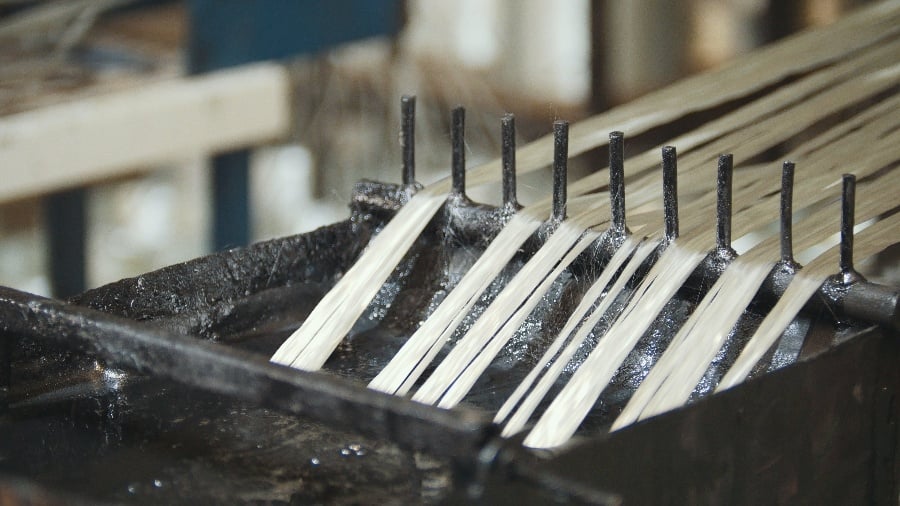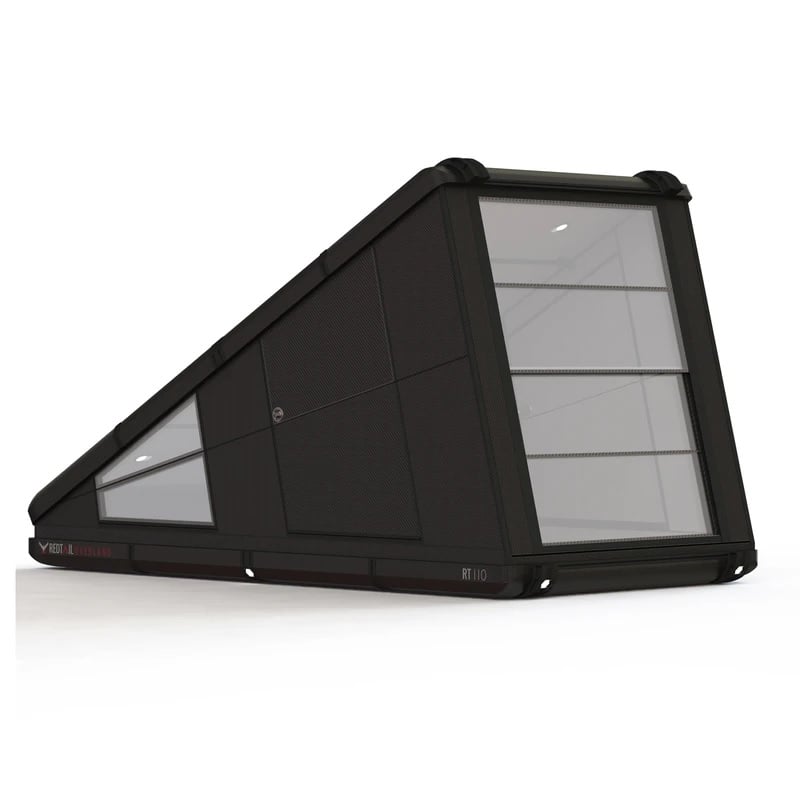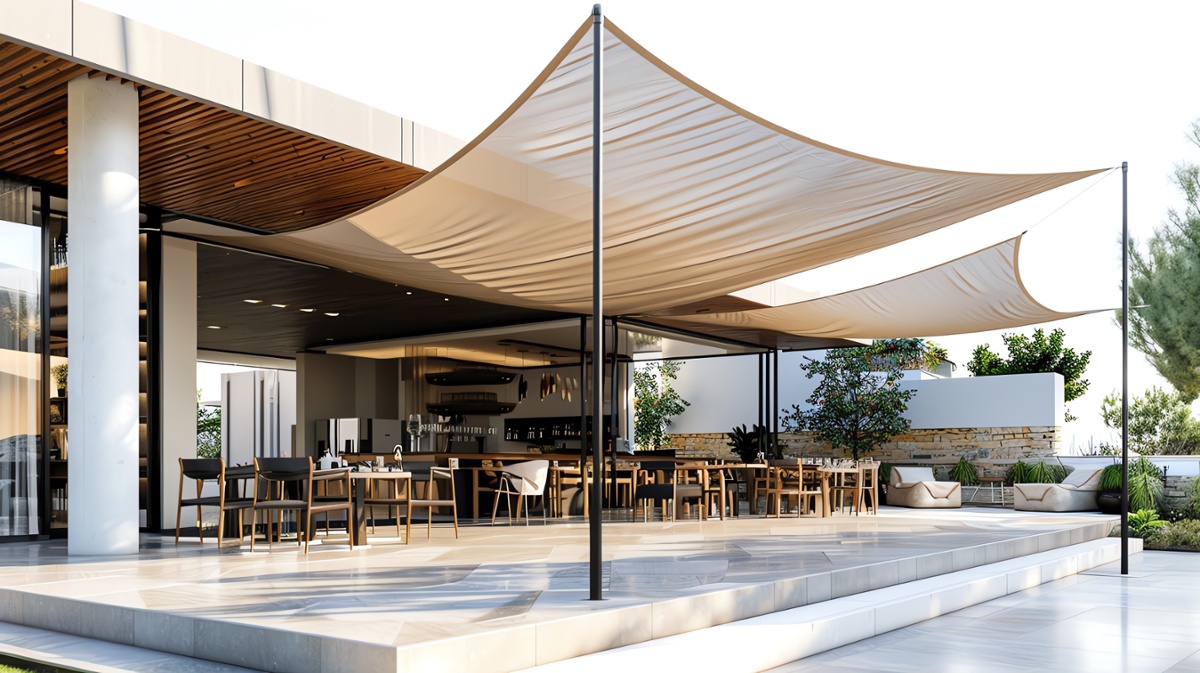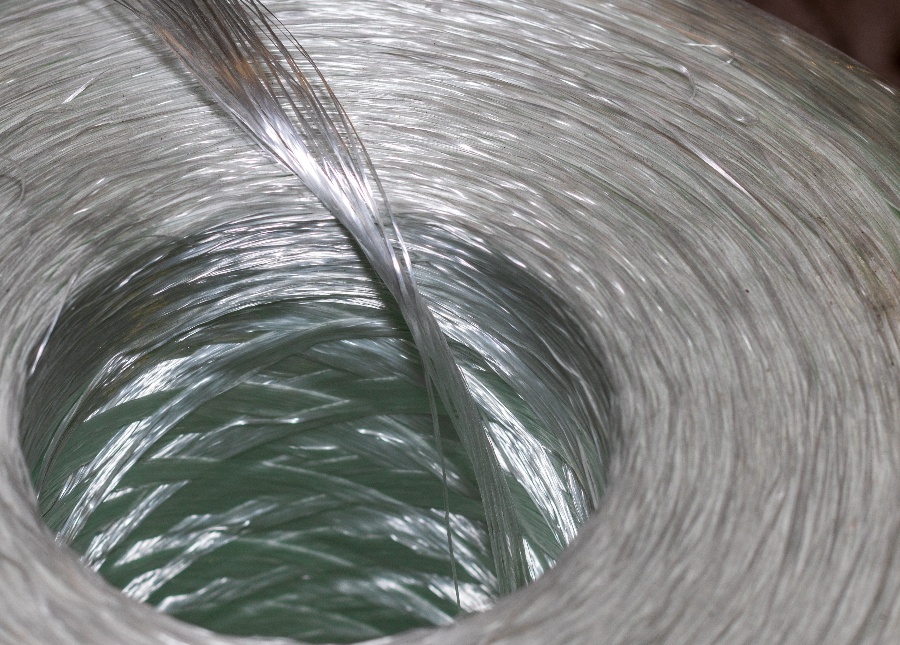
Fiberglass, also known as glass fiber is an increasingly popular material used across a range of industries. It’s lightweight, has high tensile strength, is stronger than most traditional materials, and can maintain its structural integrity in extreme environments without corroding, buckling, or warping.
Its properties make it suitable for use in anything from bridge and infrastructure construction to sporting equipment and telecommunications. Of all composites ─ glass, carbon fiber, natural fiber and other fiber composites ─ fiberglass shows the highest compound annual growth rate (CAGR).
Increasing Demand
Glass fiber composites dominate the global composites sector in terms of volume and value. Demand for glass fibers are increasing as they have excellent physical and mechanical properties which include flexibility, stability, strength, durability, and is lightweight.
By 2027, the global composites market is projected to reach US$161 billion. Fiberglass is expected to make up about a fifth of the global composites market, accounting for the largest piece of the pie in terms of value and volume. By 2025, the global fiberglass market is projected to grow to US$14.3 billion.
This is backed by additional research and analysis by Markets and Markets who see the major reasons driving the growth of the fiberglass market being the widespread use of fiberglass in the construction/ infrastructure industry and the automotive industry.
However, COVID-19 has had an adverse impact on the demand for composites (glass fiber included) in industries across the board including a decline in the number of wind energy installations, aircraft deliveries, automobile sales and a reduction in the demand for oil & gas. It is expected that once end use industries recover, the demand for composites will gain momentum.
For example, a recent study by Freedonia Group on “Insulation Market in the US, 12th Edition” on fiberglass as a product of choice finds that it is projected to remain the most widely used insulation material because of properties such as installation and handling advantages over other insulation materials, high R-values, and resistance to moisture, mold and pest damage.
In 2021 and beyond, with residential construction projected to be the fastest growing market with the largest share of demand, developers and builders looking to increase energy efficiency through a low-cost, high R-value solution for attic re-insulation and improvement projects will spur fiberglass growth.
Other insulation markets include transportation equipment, appliances, infrastructure, and industrial/plant equipment.
According to Freedonia analyst Matt Hurley, “Fiberglass and foamed plastics together account for the bulk of demand (75% in volume terms), supported by advantages such as low cost, good performance qualities, and ease of installation.”
Raw Materials
There are many types of fiberglass on the market which include E-Glass, S2-Glass, C-Glass, etc. Each has different attributes and are distinguished by the different glass fibers used during the manufacturing process.
These filaments are then sorted according to size (coated in a chemical finish) and bundled into rovings. The number of filaments in a roving and how thick the individual filaments determine the weight of the glass fibers, which is usually expressed in yield (yards per pound) or tex (grams per km).
In this instance, the glass content and resin systems can be varied to meet specific application requirements, such as providing high strength, tolerating different temperature ranges, or adding flame-retardant, track-resistant, and corrosion-resistant properties.
In fiberglass manufacturing, there is another form of glass fiber that is used and comes in the form of a continuous strand mat ─ created by dispensing molten glass strands directly onto a moving belt. As the glass cools and hardens, a binding element is added to keep the product in place. Then, it is cut and rolled into a long continuous mat. An in-depth report on glass fiber manufacturing published by the US Environmental Protection Agency can be found here.
Pultrusion
Once the rovings or continuous strand mats are formed, they’re bundled up. Composite manufacturers such as Tencom take these materials and turn them into fiberglass profiles in a manufacturing process known as pultrusion.
Basically, pultrusion is a process that converts reinforced fibers ─ Eglass, S-glass, etc ─ and liquid resins into fiber reinforced polymer (FRP) composites. Different materials provide different combinations of tensile, shear, compressive and elastic strength.
There are many ways to create fiberglass products (pultrusion, filament winding, gun roving, etc.) though pultrusion is most commonly used and creates the best end product for certain applications.
The pultrusion technique ensures that products have a consistent cross section. The process allows for ultra-fine tolerances for your project. Pultrusion pulls the fiberglass material through a heated forming tool to very tight tolerance variences. If machining the product down to extremely exact dimensions or additional fabrication is required, it may be performed after forming.
The final product is a material that won't bind up, catch or rub on other parts of your assembly. This also eliminates the need for customized milling on-site to get a product that is close to tolerances, but not close enough, into use. We look at 2 popular applications:
1. Industrial Components
Pultruded fiberglass is resistant to impact and will not deform when impacted. It is flexible enough to endure constant bending and motion. The material is resistant to temperature changes and is appropriate for use in motor, transformer and electrical manufacturing.
Pultruded profiles have “springy” properties and play an important role in vibrating, heavy load-bearing equipment, such as vibratory conveyers. Such flexibility can reduce wear and tear.
2. Construction
Pultruded fiberglass is gaining popularity in outdoor construction projects because it will not rust, crumble, rot or corrode. It is also light in weight and is much easier to handle, work with and transport, which reduces the need for heavy lifting and moving machinery.
Fiberglass pultrusion offers many benefits for your next project. But this quick list isn't all of the information you can discover to determine whether fiberglass pultrusion products are right for your business.
For more information on our range of high-quality fiberglass products, we're ready to help. Please feel free to contact the experienced professionals at Tencom today to get started.















